Russian drones market expects significant growth in 2016
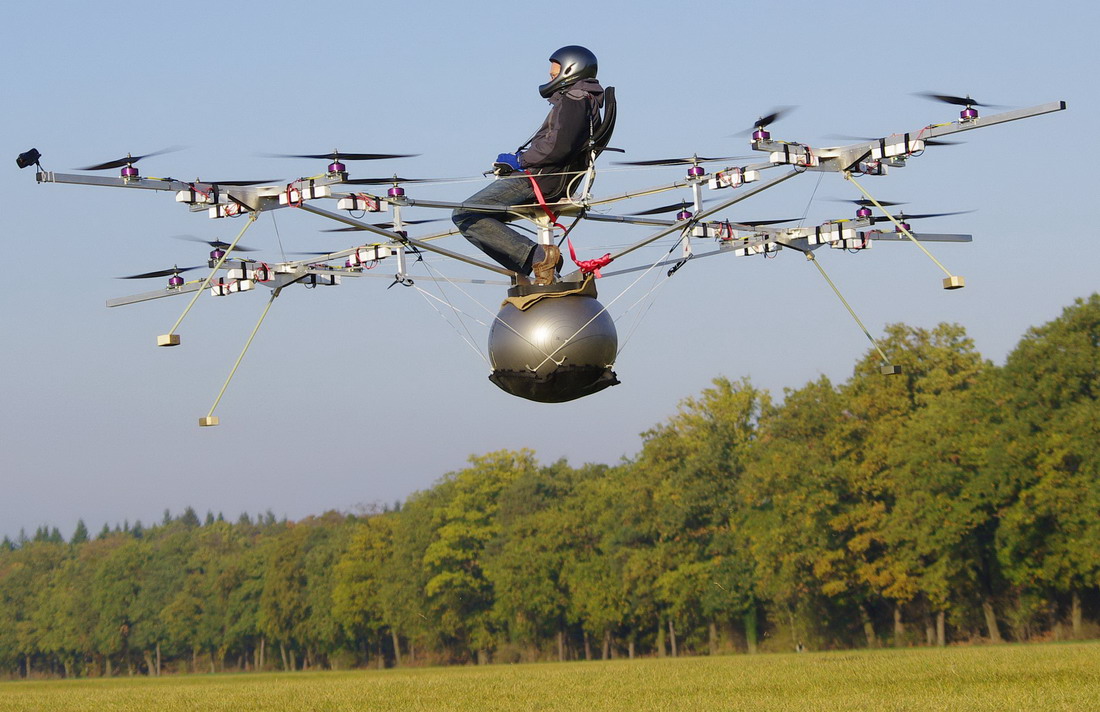
Today we will talk about the drone drone market, touch on the trends, and outline the general specifics of the Russian consumer UAV market. Recently, it has been a truly tectonic movement. This is due both to the general situation in the consumer market and to the simultaneous sharp increase in the attention of consumers and authorities specifically to this category of gadgets. Drones regularly become heroes of news and reviews - both serious and comedic. And the trend of growing popularity of flying drones is likely to be relevant throughout 2016. Even in spite of the economic crisis. Among the users of drones, there are fewer and fewer professionals - those who make a living aerial and video aerial photography, diagnostics of high-altitude objects and so on. And more and more ordinary ordinary buyers who buy cheap copters solely for the sake of entertainment.
Some especially "shrewd" entertainers of the entertainment industry have already realized this trend and realized that the fashion for collective games with copters is a new vector of growth for their industry, the entertainment industry. Entertainment drones are increasingly being acquired for use in amusement rides, team building and event industries, for the decoration of entertainment areas of shopping malls, for educational purposes. In other words, it is entertainment, rather than professional functionality, that is becoming more and more popular in unmanned aerial vehicles.
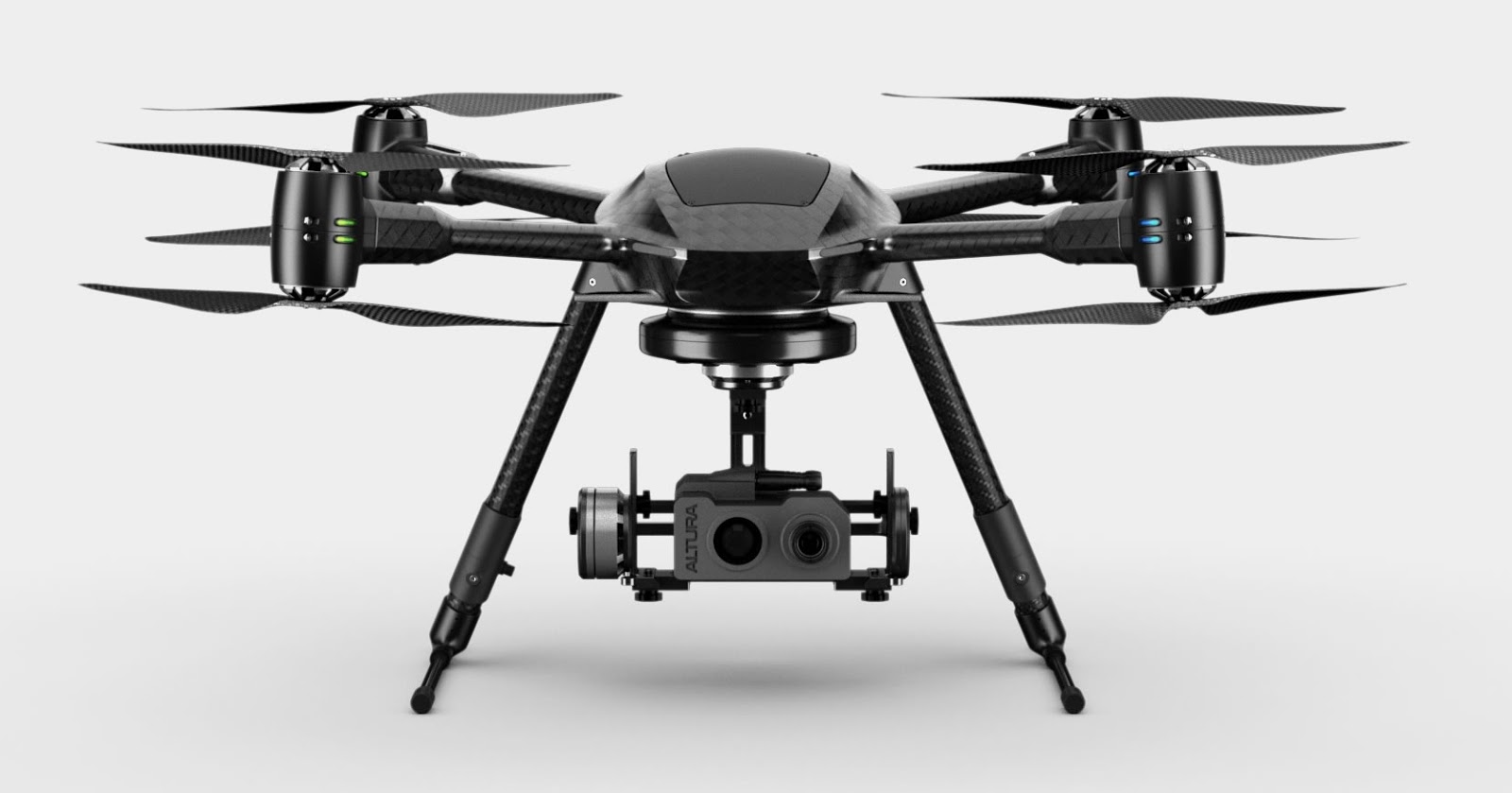
A professional drone can cost tens of thousands of dollars.
')
Today's drones can be divided into several types - based on their design, as well as the possibilities and scope of application. Drones are primarily classified by the number of screws: monocopter (one screw), quadrocopter (four), hexacopter (six), octacopter (eight).
The second version of the division of drones into classes - in scope. There are specialized machines that are created specifically for the customer, for his specific narrow tasks. For example, drones for military and rescuers. Such machines can cost millions and even tens of millions of rubles. Sales of such machines are growing, but their total share in unit terms does not exceed 3% of the market. And the growth dynamics here are significantly weaker than those of other categories of UAVs.
If we talk about mass-produced and commercially available drones with universal functionality, among them there are semi-professional models with a maximum set of modern technologies and an average price tag in the region of $ 1000- $ 3000 - such as products from the Chinese DJI corporation. They can be used to solve problems such as aerial photography, watching sports events, reportage video, etc.
There are also "semi-professional" drones with a slightly trimmed (compared to the professional segment) functionality and an average price of about 25-40 thousand rubles. For example, the model of the French company Parrot.
Finally, there are very simple, amateur drones priced from 2 to 10 thousand rubles. These are more toys than tools for solving some professional problems. Such models are mainly for entertainment purposes. Low-cost models of popular brands Syma or Hubsan for the price are sometimes even more affordable than toy radio-controlled helicopters, despite the fact that they offer more interesting functionality - the possibility of aerial video filming and performing various tricks (flips, etc.).
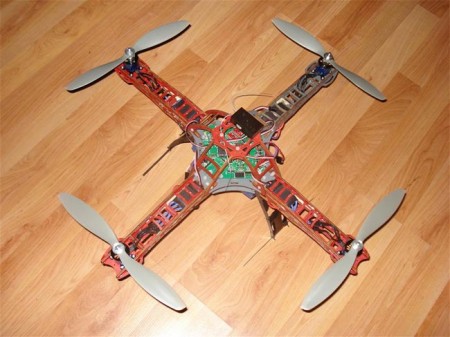
It all started with homemade quadrocopters ...
A few years ago (before the drones market was developed into a separate product category of mass-produced and mass-produced gadgets), the only chance to get a drone at your disposal was to assemble it yourself, or order an assembly from professionals. Of course, it was impossible to call it a market in the full sense of the word - rather a hobby for single fans, or high-class professionals, such as cameramen. But around 2012 there was a turnaround - major manufacturers of radio-controlled models from China and the United States noticed the drones. In addition, companies that were previously engaged in professional narrow-purpose UAVs, for example, Byrobot, began to enter the consumer segment.
There is no exact data on the volume of the Russian market of drones - for the reason that this market is still relatively small, and analytical agencies do not rush to “cheat” it. In addition, the calculation is complicated by the fact that large federal network retail for the most part does not sell drones yet - at best, such devices are offered by a very narrow assortment (2-3 models) somewhere on the far shelves (or only on the website). But most often in the assortment of large stores of drones is not at all. Copers sell mainly online stores and specialized outlets. In general, the data given below is more likely a calculation-evaluation of market participants, their opinion, than absolutely analytical data, verified and rechecked from all sides.
In 2014, the volume of the Russian market of drones was, according to various estimates, from 20 to 40 thousand units, in monetary terms it is 400-500 million rubles. In 2015, despite the economic crisis and the stagnation of virtually all segments of the portable electronics market, the drones segment in Russia continued to grow. And downright at a record pace - about 3-5 times: up to 120-200 thousand in units and from 800 million to 1 billion 300 million rubles in money.
It can be stated that 2015 has become an explosive year for the Russian UAV market, as drones for the first time turned into a “mass consumer goods”. The reasons for such a sharp increase in demand are simple: if in 2014 the market was mainly professional and semi-professional devices with an average price of 25-30 thousand rubles, then in 2015 the average price of the acquired drone fell to 7-10 thousand rubles. Cheap and easy-to-operate drones are on sale. The last moment is especially important, since last year the particularities of their control interfered with the popularization of drones - inexpensive (and sometimes even quite expensive, around 25-30 thousand rubles) drones flew and demanded long training and special piloting skills.
In 2015, many new brands appeared on the market that focus specifically on low-end devices.
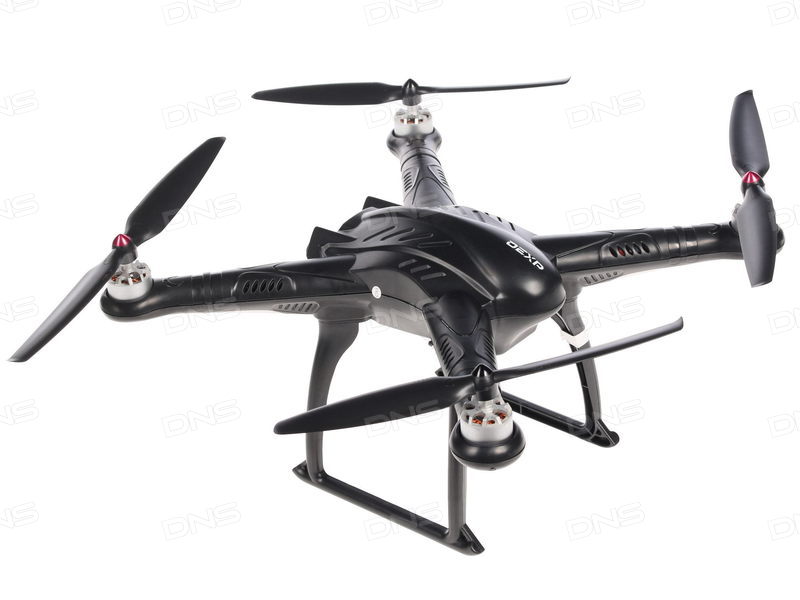
Quadcopter Russian umbrella brand DEXP
It is important to note that, unlike the situation with readers and the same tablets, the Russian local umbrella brands (all Texet, Explay, Prestigio) while practically do not manifest themselves in the drones market. Of all the "umbrella", perhaps Vladivostok DEXP (affiliated with the DNS trading network) presented its drones - a couple of models ( expensive and cheap ). And then in the form of an experiment, without investing much effort in promotion. This is explained by the crisis - umbrella brands do not seek to find and discover new product categories, but only try to preserve as much as possible the old “spent” directions (smartphones, tablets, recorders, etc.). In addition, the budget niche is not very empty - there are several well-known Chinese brands that are actively developing the segment of low-cost copters: Syma, Hubsan, Cheerson, Nine Blades and others.
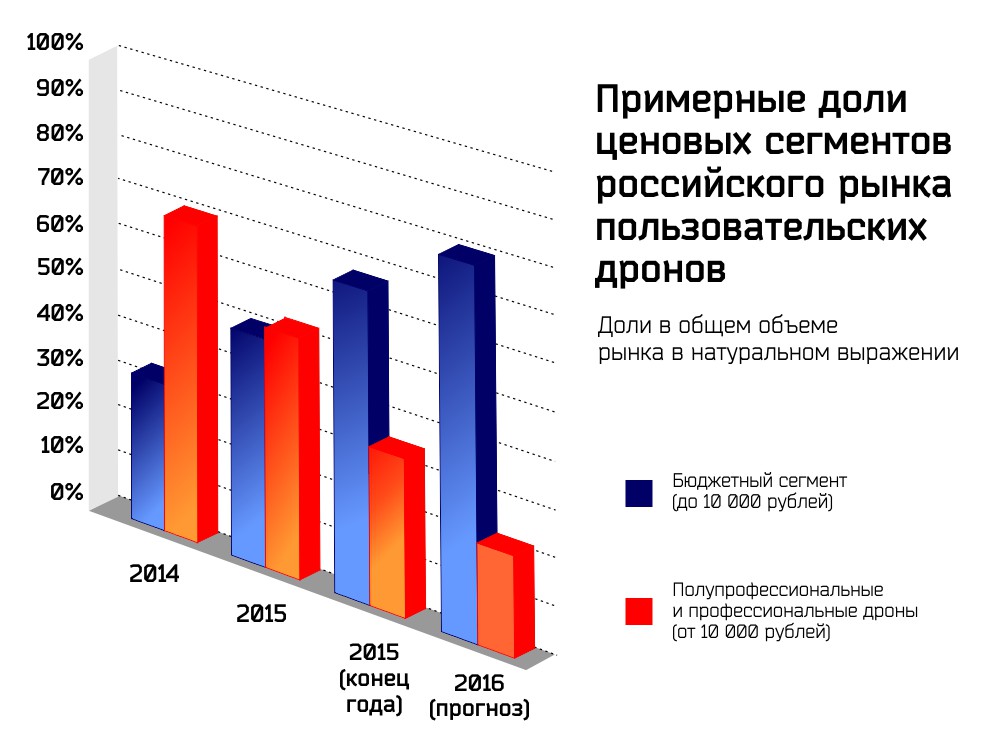
Nevertheless, despite all these moments, as has already been written above, the explosive growth of the Russian market of drone-kopterov is now observed. And above all, due to low-cost, amateur models. In 2014, the share of semi-professional and professional drones in piece terms reached 70-80%, today it can be estimated at 40-50%, and by the end of 2016, it will most likely fall to 20-30%. And if the crisis grows, then most likely, the share of professional copters will fall even more - up to 10-15%. This will also contribute to state regulation in the field of drones, when for commercial and professional use of these devices will have to get permission. So the professional buyer will once again think whether he needs it.
As an example, we can cite the fact that in 2015, sales of the manufacturer of ready-made professional drone of the upper price segment of the DJI brand (price tag - on average 40-80 thousand rubles) increased by about 2 times. At the same time, Syma's budget quad drones (priced at up to 5,000 rubles) showed a five to sixfold increase in sales. And sales volumes of the once popular semi-professional Parter copters, on the contrary, have decreased by 3-5 times (according to various estimates). However, in the case of Parrot, the reason is, rather, in the overall weakness of the brand in the Russian market - the low efficiency of sales channels and the almost complete absence of any promotion. One thing is certain - the amateur entertainment segment is growing much faster than the professional one.
In 2016, this explosive growth will continue, despite the growing crisis. It is very important to note that along with the active development of the most important technologies (which will be discussed below), as the drones turn into a commodity of mass demand, the cost of developing and producing models sharply decreases. And not so much professional, how many models of the mass amateur segment. All this allows even the ruble price tag for drones (despite the fact that no drones are produced in Russia - except for very expensive highly specialized models) to remain at an affordable and comfortable level.
In 2016, we, despite the difficult situation on the gadget market and more widely - on the market of portable consumer electronics, will see the emergence of a certain number of drones under local Russian umbrella brands. The Chinese are not sitting idly by and actively “duplicate” the advanced technologies of the main leaders in the field of drones development and production. Although the main limitation of the Chinese is the complexity of developing software algorithms for flight stabilization systems, without which the massive use of amateur drones, alas, is simply impossible. This is NOT copying the design or the iron filling, as is the case with the same smartphones and tablets - everything is much more complicated with drones. Software algorithms are harder to mindlessly duplicate.
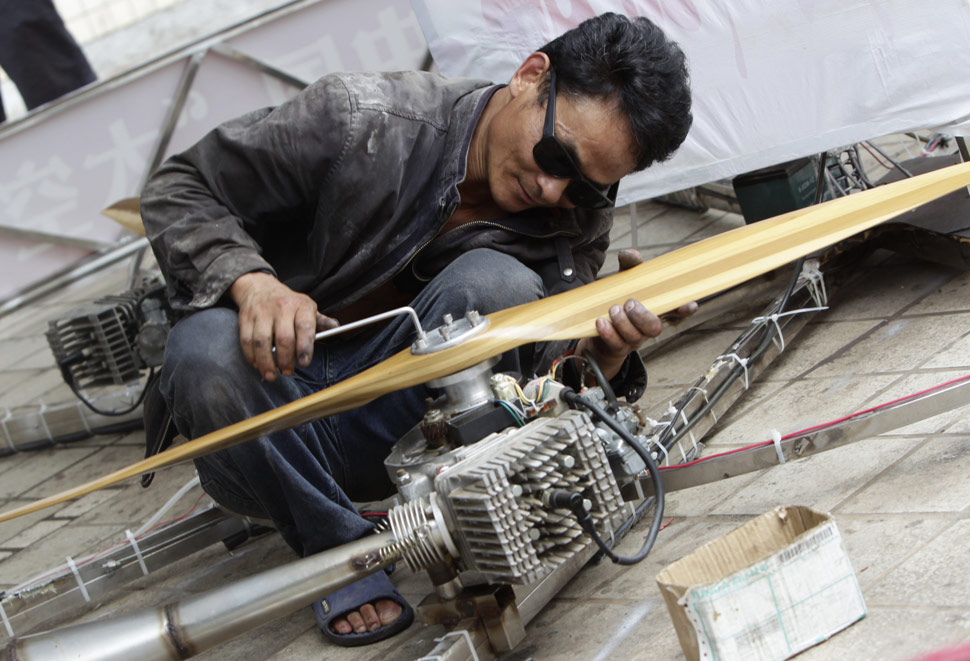
Quadcopter on the knee can not collect!
Most likely, the large federal retail players in the electronics market will also, in spite of the crisis, start selling massively copters. Still, now the drones are a fashionable, massive and, most importantly, fast-growing segment of consumer electronics. At one time, we observed a similar explosion of interest of large retail players, for example, to GPS-navigators, then to e-books, then to DVRs - this is the usual process of calling a new product category on the shelves of large stores of federal networks. Now the market has come just to the point when both the umbrella customers, dragging Chinese consumer goods, and the large coasters of the large shelves, it’s time to start actively working with quadcopters.
The main technological trends of the drone market in 2015-2016 are as follows. Firstly, it is the massive introduction of flight stabilization systems that simplify the management of drones. Moreover, if two years ago stabilization systems were the prerogative of only professional expensive drones (well, maybe some more semi-professional ones), then today automatic stabilization algorithms are already being introduced into amateur drones of the middle price segment. As an example, the "automatic thrust" in the same drones Byrobot (from 8 000 rubles). Even very inexpensive models are able to hang in the air and fly in headless-mode; it is easy to find such devices among Chinese Syma or Hubsan for 4-5 thousand rubles.
Modern stabilization systems have made drones available to the broadest class of consumers. You no longer need to study aerobatics for days on end. Today, a modern copter (even a budget one) can even learn to control a child, and in 20-30 minutes. This factor also contributes to the avalanche-like increase in the popularity of UAVs.
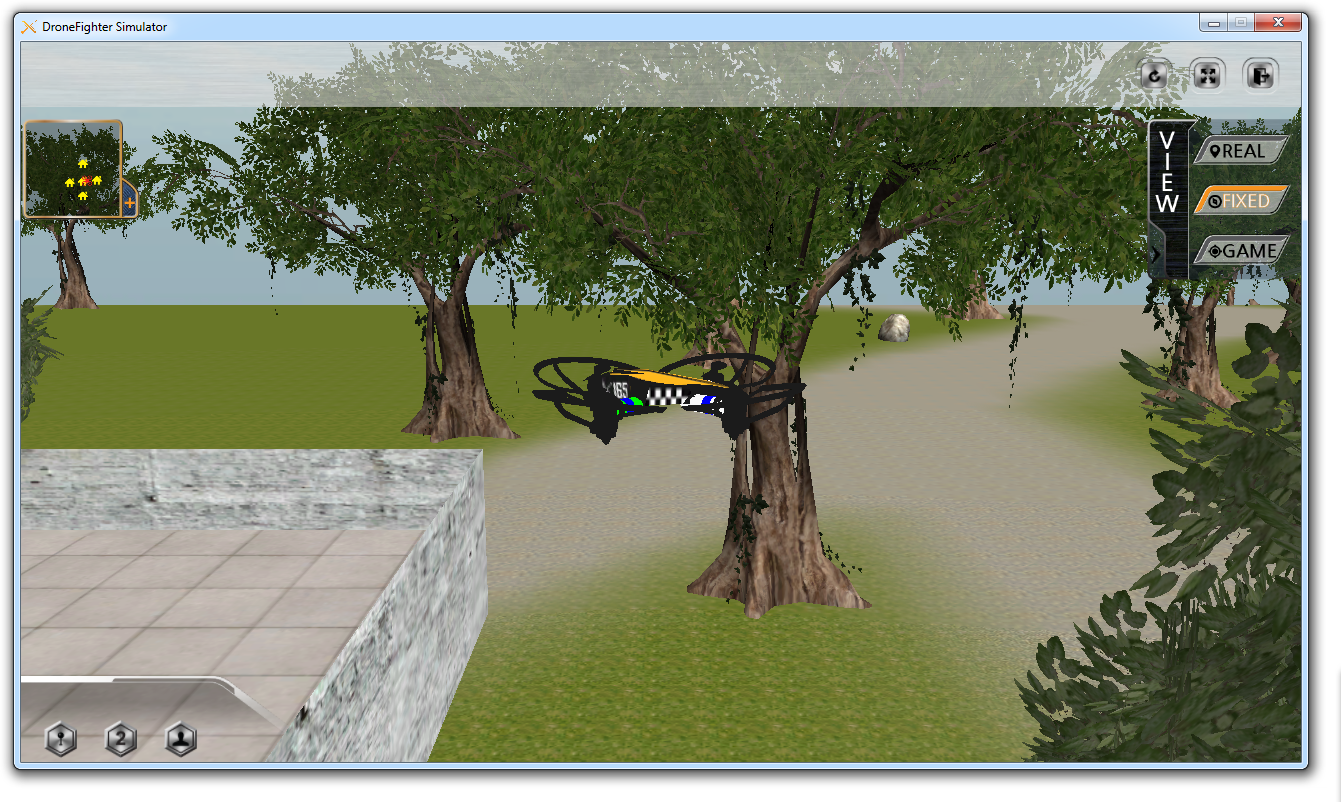
Quadcopter simulator, control - via remote control from a real drone
Another current technological trend is the emergence of computer simulators that come with a number of budget drones. These programs allow you to practice in the management of drone on your PC before flying in real life. Such programs can dramatically reduce the percentage of "accidents" among novice pilots, resulting in serious damage or even "death" of the copter. Consequently, the cost of owning a device is significantly reduced.
Finally, another trend is the appearance of drones-constructors and drones-transformers. The drone designer allows you to replace the damaged node yourself if any part of the device is damaged.
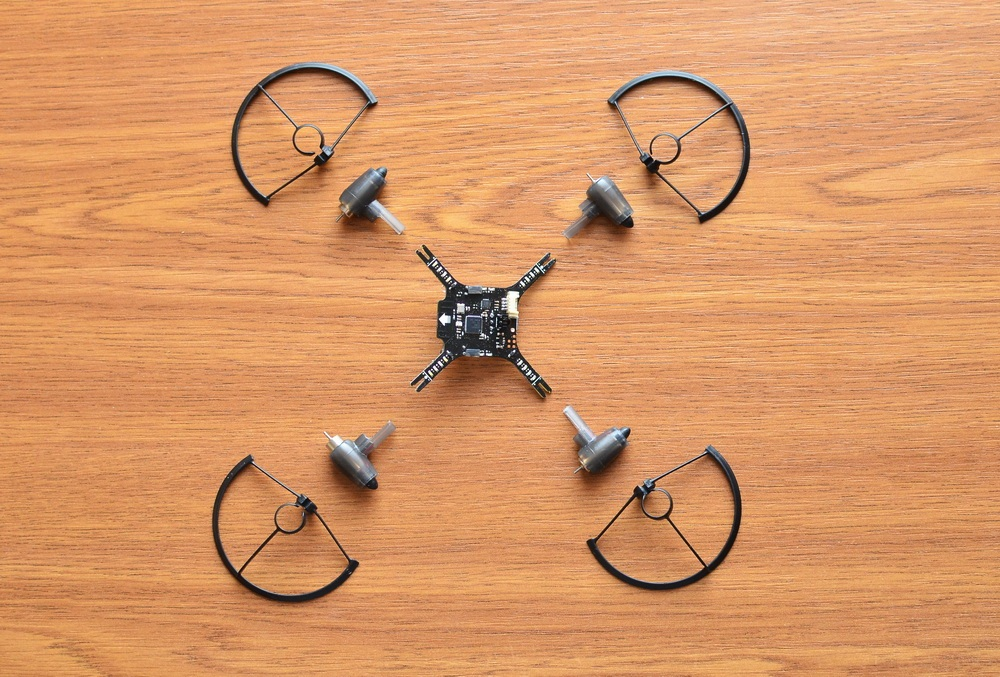
Drone Designer Example
This technology again significantly reduces the cost of owning a drone. A novice pilot who crashed on his drone in the process of learning to fly, can now independently and extremely budget repair the damaged unit. Previously, there was only one option - professional repair in service or from electronics specialists. And the one and the other at a cost was sometimes comparable to the cost of the drone itself. In the case of budget models, it was wiser to buy a new device than repair a damaged one. In the case of drones-designers, this problem no longer exists.
Transformer drones are a development of the idea of a drone constructor. Such models allow you to change the functionality of the copter by installing or detaching the corresponding modules: in a couple of minutes you can turn the drone into a radio-controlled machine or boat with bare hands.
Improved and devices that drones can carry as a payload. Cameras are getting easier. A picture that they provide, you can use even to shoot a movie. If a few years ago, users basically had to invent their own ways of attaching large professional digital cameras to massive drones, then now even semi-professional models can be equipped with a stabilized gimbal for GoPro format cameras.
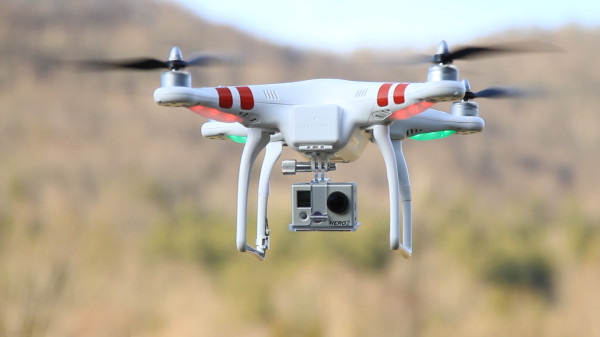
Professional DJI drone with camera on board
Or, as is the case with DJI, own cameras. Even users of miniature, amateur drones did not stay on the sidelines of this trend. For example, the drone of the popular budget brand Syma with an HD camera in the kit will cost 4,490 rubles.
With such an abundance of interesting and modern technological trends, it is important to note that the cheapest Chinese drones have not changed in the last year - a serious staff of highly qualified development engineers is needed for the development of such devices, the improvement of characteristics and the appearance of new useful functions. And so far, only the most innovative and large Korean, Japanese, European and American companies have it. Making drones is much more complicated than engineering, for example, a smartphone or tablet. After all, the algorithms of stabilization and flight control, their development and improvement, are much more complex processes than creating standard firmware based on some kind of Android for a phone. Algorithmic flight programming, avionics play a significant role in drones, which the Chinese are not yet strong for the most part - too complex math and physics mat models!
Another reason for the explosive growth of the market is that in 2015, drones became a fashion trend for the entertainment industry. Drones are becoming more and more fashionable means of socialization, team building - what paintball, airsoft, quasar and other team games in real life used to be. Against this background, it is very important to note the technology of sharing drones, the emergence of a powerful socializing functionality. If a couple of years ago, the copter was a device of purely individual use, then piloting modern drones is already a team, group exercise.

"Quadcopter" attraction in Russia
Quadrocopter races are becoming more and more popular: even all-Russian competitions are held. Piloting and overcoming obstacle courses on quadrocopters are becoming an integral part of most robotics and aeromodelling events.

Statistics of user searches confirms: in 2015, the peak of interest in drones fell in April - September
Due to the reduction in weight and size of modern amateur drones, it becomes possible to use them indoors. In 2015, the peak of interest in the drone came in April - September. Which, again, clearly indicates a withdrawal of the market in the mass amateur segment. A year earlier, in 2014, when the bulk of drones sold were professional and semi-professional, there was no seasonal peak of sales in the summer - professionals buy drones at any time of the year, as they need them for work, not outdoor entertainment. In 2015, there is a significant peak for the period from April to September. That is, the drones have already massively "stocked up" for games in the fresh air.
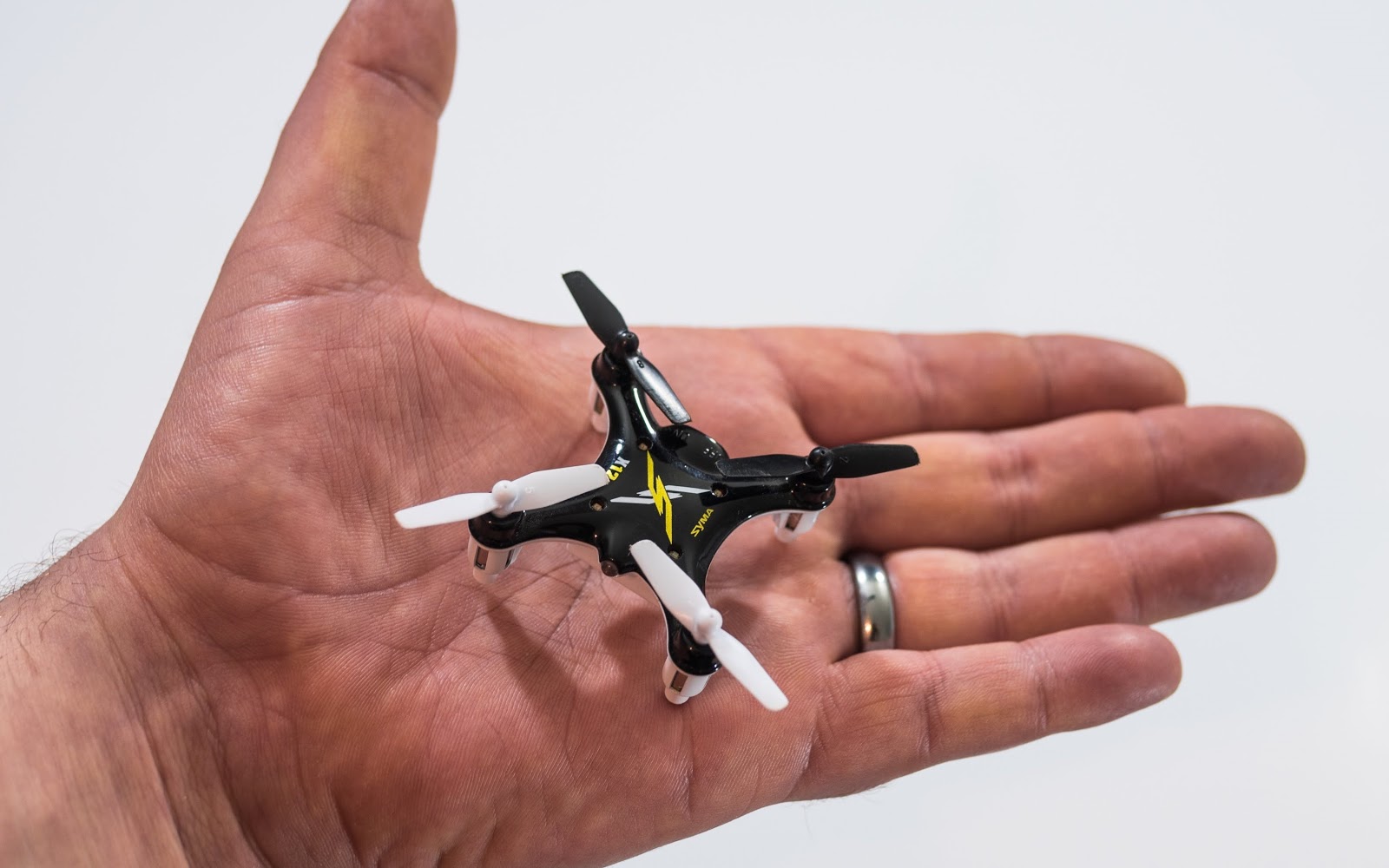
Nano-drone Syma X12 Nano is designed for launching indoors - it is blown away in the open space
However, due to the appearance on the market of light-weight and miniature models that are safe for interiors, soon the fascination with UAVs may well turn back into the all-season category. And summer seasonality will again not be as pronounced as it is now.
And one more important point: a year ago, a typical buyer of a drone on the mass market was either a geek who was deeply stuck in gadgets, or a professional video operator, now ordinary people who are not fan of technology take “quadrics”. Parents buy drones for games with their children. Because it is, in fact, inexpensive and simple, but at the same time deeply socializing technological toy. Moreover, unlike virtual reality helmets and computer games, socializing in the real, not virtual world: just offline socialization is so lacking now for many people. Especially when it comes to active communication between parents and children.
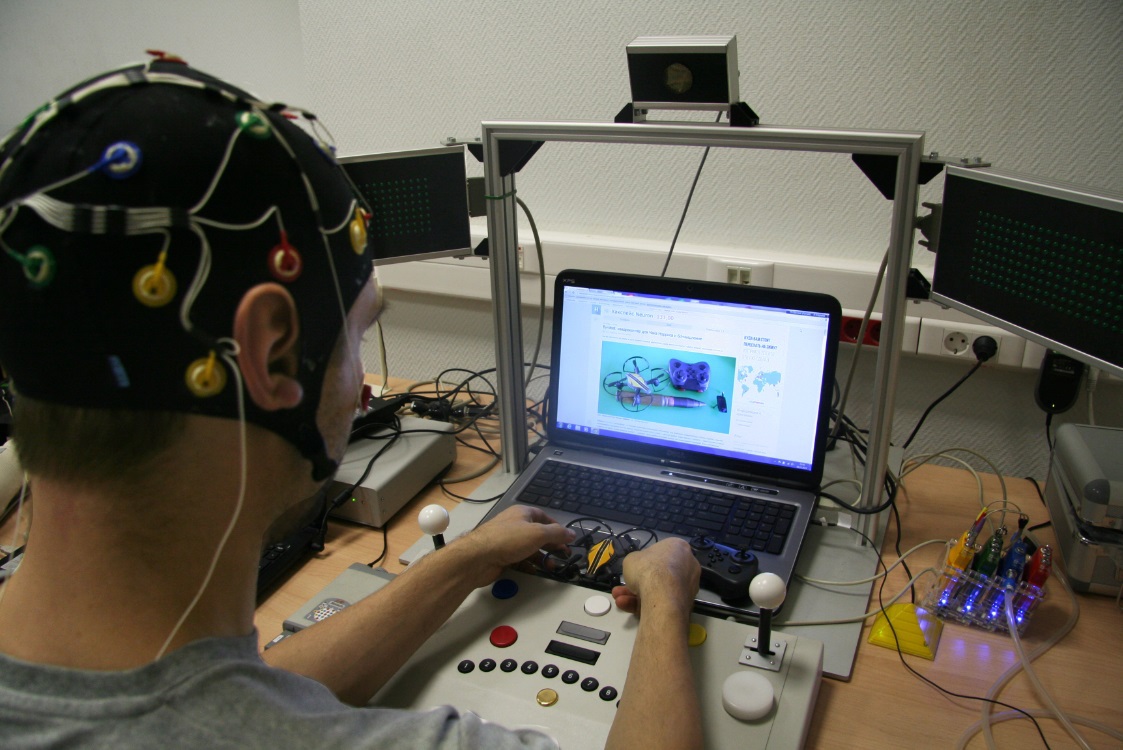
The study of brain activity in the management of the copter
Parents in drone drone are attracted by the opportunity, on the one hand, to distract the child from the computer (and, as a result, save it from scoliosis and myopia), and on the other - the real benefits of controlling quadrocopter drones for brain development.
There are very few examples of truly massive professional use of drones (if we drop the military, the Ministry of Emergency Situations, firefighters and other government services): this is, in fact, only photographic and video shooting. In fact, that's all. All attempts to massively introduce other scenarios (for example, deliver pizza with drones and so on) to date do not go beyond single experiments.

UAVs in the service of the state
The state registration of drones, of course, will be made, there are already relevant legislation. Another thing is that specific practical mechanisms have not yet been developed that would allow determining whether a drone flying in the sky is registered or not. How to check it? Shoot him down? How to shoot down? Knock, check, and he is registered! What's next? The claim of the owner, whose drone was illegally shot down for verification? Copters do not have license plates like cars. So you can check the fact of registration only at the level of companies owning drones. And to fix the presence of copters and their mass use is possible only if the drones inside the business is not the subject of a single experiment, but the essence of the company's main business process. Dozens of UAV models, they fly every day. Companies, massively using drones in the main business process, until units. That is, this phenomenon is not yet massive. And the registration mechanisms and, most importantly, checks, even on paper, have not yet been identified - everything is only in theory.
Large quadcopter can cause serious damage.
At the same time, registration of drones definitely makes sense - especially with regard to autonomous heavy vehicles, which in case of a fall can cause serious damage. True, such devices, even in theory, can only serve in the service of large companies, and not among private enthusiasts. In the meantime, on a commercial basis, as mentioned above, almost no one in Russia uses drones. This is a matter of the future.
Register amateur drones, the weight of which is tens (at best - a hundred or one and a half) grams, and which are mostly controlled from a remote smartphone by wireless technologies (radio-Wi-Fi-Bluetooth-IR), whose radius of action is tens of meters (i.e. which do not fly away from the owner for a considerable distance), there is no special meaning.Even in the event of an unauthorized fall or collision, there will be no damage to others or property.
Large quadcopters in the blades is better not to fall!
It is important not only to regulate this sphere legislatively, but also to develop a certain level of awareness among users. For games, including outdoors, you need to use safe, lightweight and compact drones. Racing vehicles, as well as semi-professional devices should be used with great care, minimizing the risk of falling and colliding such devices with people. It is better to start the “entrance” to the topic of drones with simple, safe models, specially designed for people who took the control panel for the first time. But at the same time, with models that allow you to grow, improve aerobatic art, and do not get bored on the second evening.
Let's take stock.From expensive fun for rich geeks or professional equipment for photographers / videographers, drones are actively turning into mass gadgets. Despite the crisis, the Copter market will grow rapidly. And it will grow, first of all, at the expense of budgetary amateur models. The prospects for drones in the professional segment are not so bright - already in 2015, many “top-end” brands with models costing more than 15,000 rubles demonstrated stagnation or even decline. Brands with models up to 10,000 rubles, on the contrary, are gaining momentum and showing multiple growth.
The development of technologies that simplifies the management of drones and expands the number of scenarios for their use (drones for racing, drones for video shooting, combat drones for a team game) also contributes to increasing the demand for custom copters. Most of the new scenarios are still in the field of entertainment - the use of drones as an inexpensive technological toy.
The public has already appreciated the usefulness of drones in terms of socialization (team game, live communication instead of computer games), and scientists have proven that the management of drones develops the brain. Increasingly, drones, drone comes as a "useful toy", an alternative to computer and console games, no less exciting, but not "killing" posture and vision.
Businessmen have already caught fashion on quadrocopters, as on fashionable and inexpensive entertainment. Drones are increasingly being acquired for use in amusement rides, team building, event industries, and the design of entertainment areas of shopping malls. Gradually, drones are becoming one of the drivers of the entertainment industry.
Large federal retail is unlikely to disregard the rapidly growing segment of the market, so most likely they will expand the range of drones presented in their stores.
Definitely for the years 2016-2017 will have a "boom" of custom UAVs.
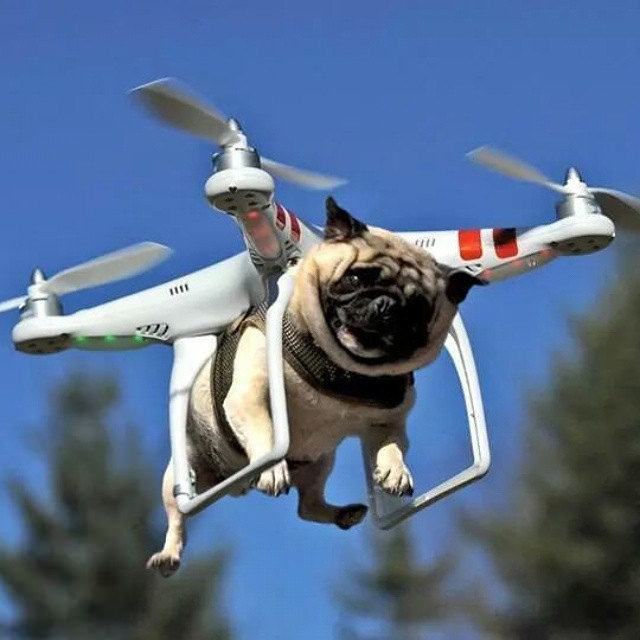
Source: https://habr.com/ru/post/391245/
All Articles